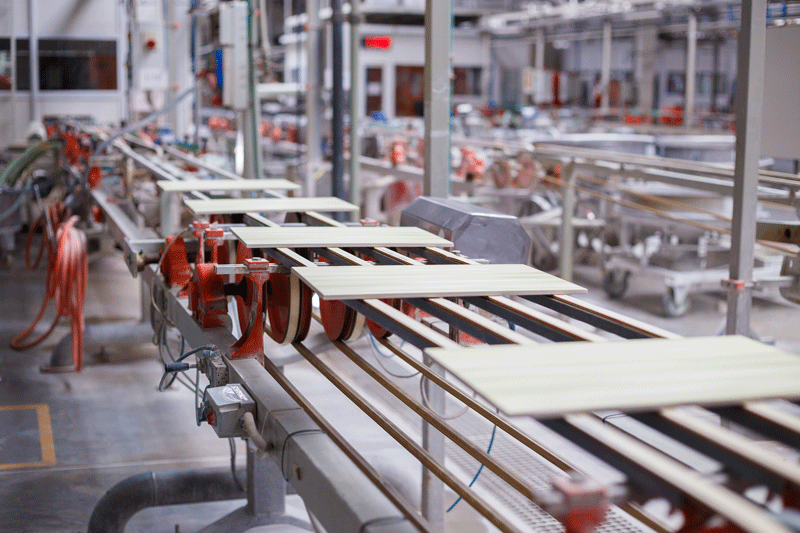Making tiles from granite waste
Granite waste could make ceramic tiles with enhanced engineering properties when incorporated at 1,200C.

Researchers in Nigeria are using vaporised granite waste powder as a secondary flux material for the manufacturing of ceramic tiles. The study, from the African University of Science and Technology, reports that a ceramic sample fired at 1,200°C, with 40% of granite powder, has a maximum bending strength of 36.1MPa and compressive strength of 30.6MPa. The batch with this composition also demonstrates the lowest values of water absorption and porosity in the study.
Findings reported in Valorization of granite waste powder as a secondary flux material for sustainable production of ceramic tile, published in Cleaner Materials by ScienceDirect, reveal that by altering the batch compositions and sintering temperatures, the scientists optimised the mechanical strength and physical attributes.
The research uses material recovered from the granite processing industries, which is then washed, dried, milled and sieved to obtain a fine powder for tiles production.
The powder mixtures of granite and kaolin are wetly homogenised in a laboratory milling jar for 30 minutes to obtain uniform particle size distribution. The resultant slurry is oven-dried at 90°C for 2h and uniaxially compacted into the rectangular shape at 5MPa, and oven dried at 110°C for 48h.
The dried ceramic samples were then sintered at 1,100, 1,150 and 1,200°C with a ramp rate of 6°C/min for 45 minutes in a tubular carbolite furnace.
‘Due to a considerable amount of alumina silicates and fluxing agents, granite powder was exploited and utilised as a flux to facilitate the densification and vitrification of the ceramic tiles,’ says Blasius Ngayakamo from the University.
‘Currently, the approach focuses on small-scale production capacity, however, in the future, it may be extended to large production depending on the availability of the raw materials and industrial needs.’
The paper reads, ‘Granite waste is produced due to a processing of granite rock which is castoff as micronised stones, sludge or powder to the environment…As a result of adverse environmental impacts posed by granite waste, there is a need to recycle and convert into a value added-product on the basis of circular economy to reduce environmental footprints.’

